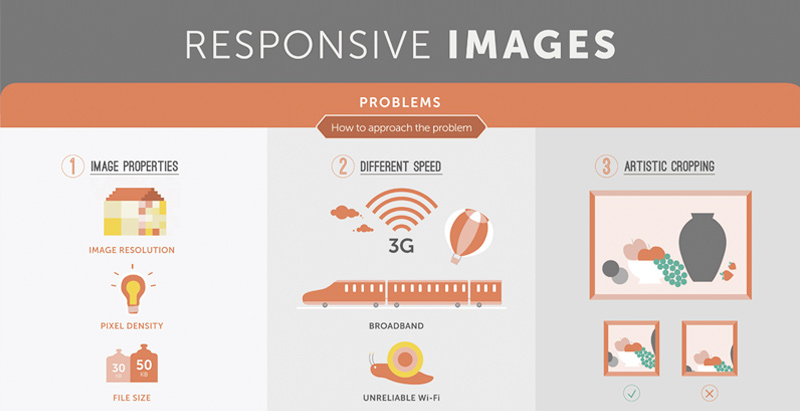Interested In Learning Just How Internet Site Style Has Advanced? Explore The Journey From Uncomplicated Designs To User-Centric Strategies
Interested In Learning Just How Internet Site Style Has Advanced? Explore The Journey From Uncomplicated Designs To User-Centric Strategies
Blog Article
Staff Author-Johansen Gibbons
In the past, websites were simple and concentrated on information. Navigation was straight, and style was for desktop computers. Currently, seo expert agency is essential. Data guides designs for very easy navigation. Receptive formats suit different tools. Today, dark setting decreases pressure, and minimal menus improve navigating. Interactive attributes engage users, and bold visuals attract attention. AI integration boosts engagement. See exactly how layout has actually developed to boost your on-line trip.
Very Early Days of Website Design
In the very early days of website design, simpleness preponderated. Internet sites were standard, with restricted shades, typefaces, and layouts. The focus was on giving details rather than flashy visuals. Individuals accessed the internet with slow dial-up links, so speed and performance were crucial.
Navigating menus were straightforward, generally situated on top or side of the page. local seo optimization were made for home computer, as mobile browsing wasn't yet widespread. Content was king, and developers prioritized very easy readability over complex style aspects.
Discover More was the key coding language made use of, and developers had to work within its restraints. https://www.nagalandpost.com/index.php/creative-b2b-digital-marketing-strategies-for-todays-business/ and interactive features were very little compared to today's criteria. Sites were fixed, with little vibrant material or personalized customer experiences.
Increase of User-Focused Design
With the advancement of site layout, a shift in the direction of user-focused layout concepts has become increasingly noticeable. Today, producing internet sites that prioritize user experience is vital for involving visitors and attaining business goals. User-focused style involves understanding the needs, choices, and habits of your target market to customize the website's design, content, and includes appropriately.
Designers now perform detailed research, such as customer surveys and functionality screening, to gather insights and responses straight from customers. This data-driven technique helps in creating instinctive navigating, clear calls-to-action, and visually enticing user interfaces that reverberate with site visitors. By positioning the user at the facility of the layout process, websites can deliver an extra personalized and enjoyable experience.
Receptive layout has actually additionally become a vital facet of user-focused design, ensuring that web sites are optimized for numerous tools and screen sizes. This adaptability enhances access and functionality, accommodating the varied methods individuals engage with sites today. Essentially, the rise of user-focused layout represents a change towards developing digital experiences that focus on the needs and assumptions of completion individual.
Modern Trends in Web Design
Explore the most recent patterns forming web design today. One popular trend is dark setting style, offering a sleek and contemporary appearance while reducing eye strain in low-light settings. Another key fad is minimal navigation, streamlining food selections and boosting user experience by focusing on essential elements. Integrating micro-interactions, such as animated switches or scrolling impacts, can produce a more engaging and interactive site. Receptive design continues to be crucial, making certain seamless user experiences across numerous devices. In addition, making use of vibrant typography and unbalanced designs can add visual interest and draw attention to particular content.
Integrating AI modern technology, like chatbots for consumer support or personalized referrals, boosts user interaction and improves procedures. Ease of access has also come to be a significant pattern, with developers focusing on inclusive design techniques to cater to varied individual demands. Embracing sustainability by enhancing web site performance for rate and effectiveness is an additional arising pattern in website design. Teaming up with user comments and information analytics to repeat and improve style constantly is essential for staying relevant in the ever-evolving digital landscape. By accepting these contemporary patterns, you can produce an aesthetically attractive, straightforward web site that reverberates with your target market.
Final thought
As you assess the evolution of site layout from the very early days to now, you can see how user-focused layout has become the driving pressure behind modern fads.
Welcome the journey of change and adaptation in web design, constantly maintaining the user experience at the forefront.
Remain current with the current trends and innovations, and never stop developing your strategy to create aesthetically sensational and user-friendly websites.
Advance, adjust, and produce - the future of web design remains in your hands.
